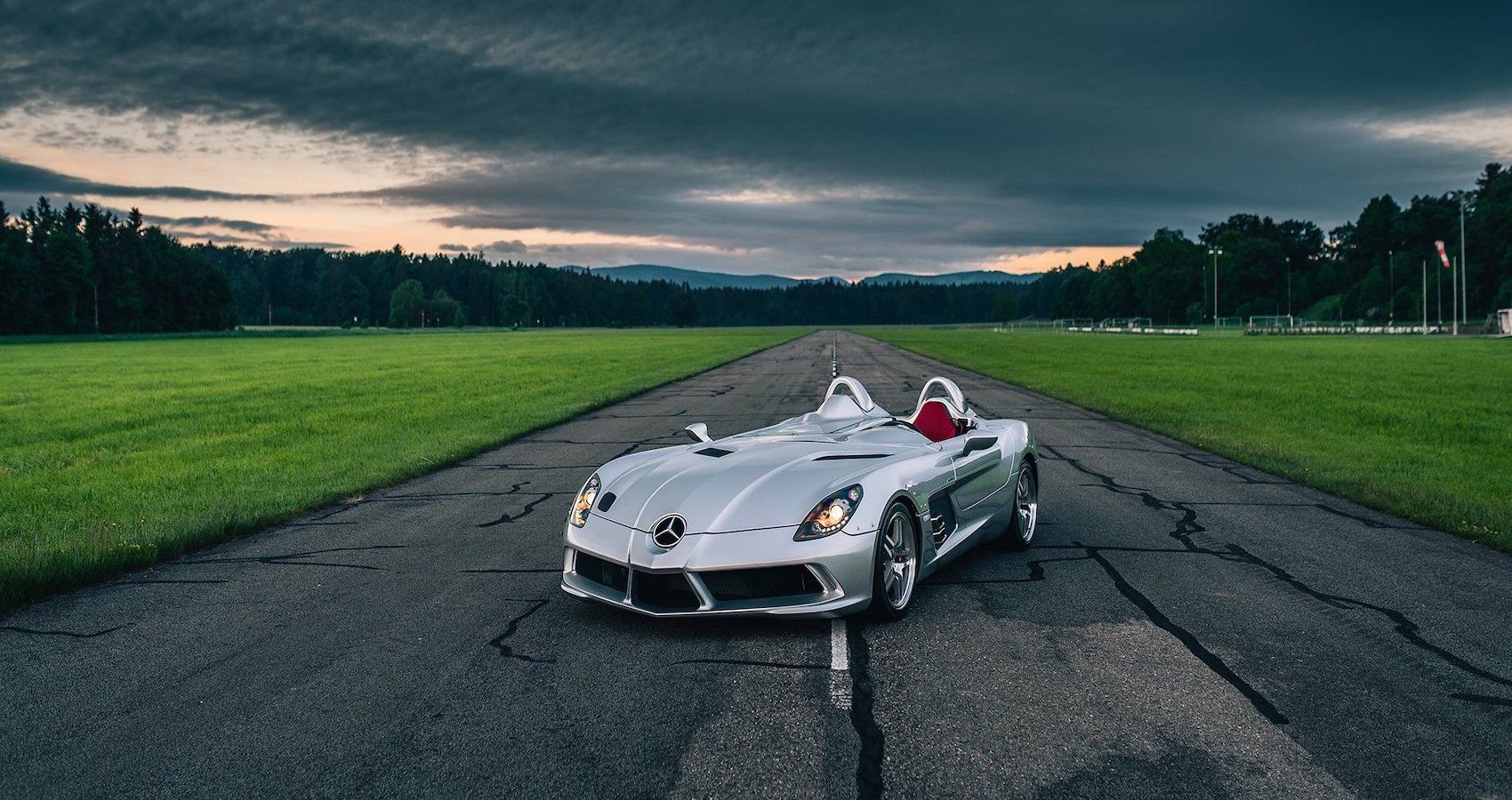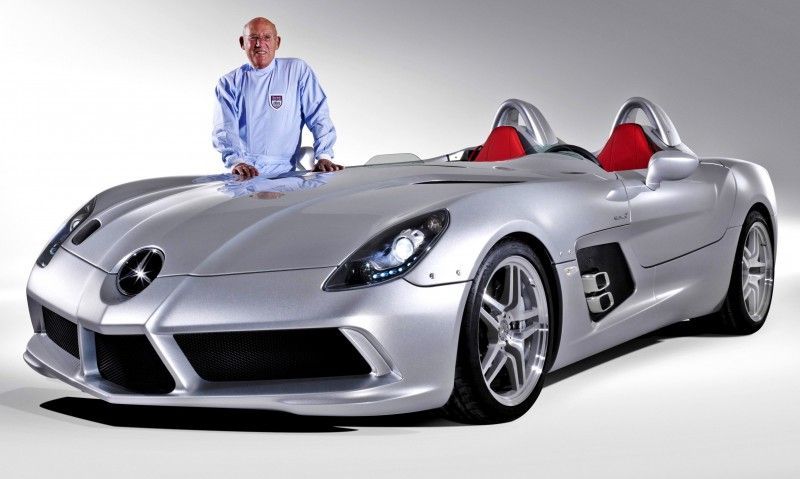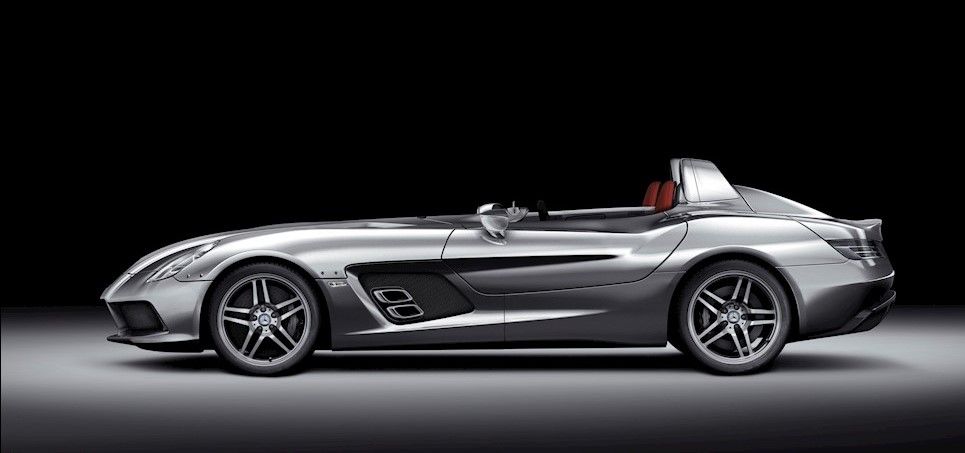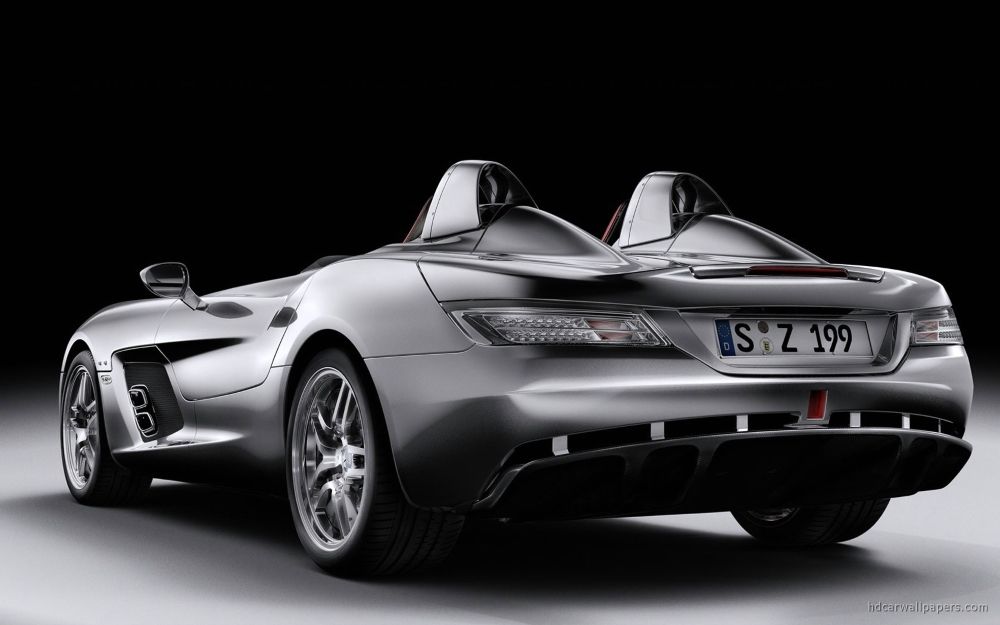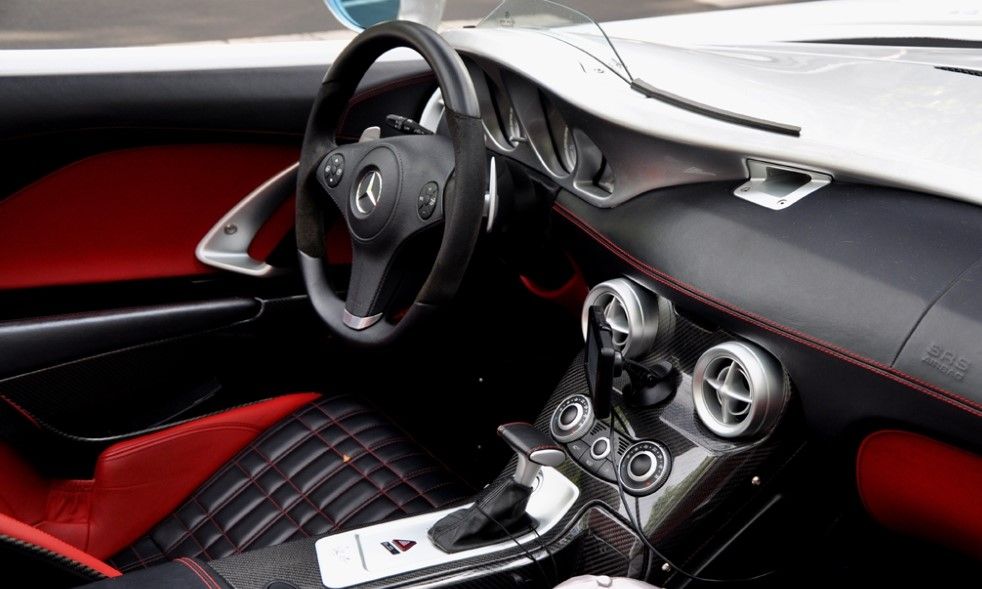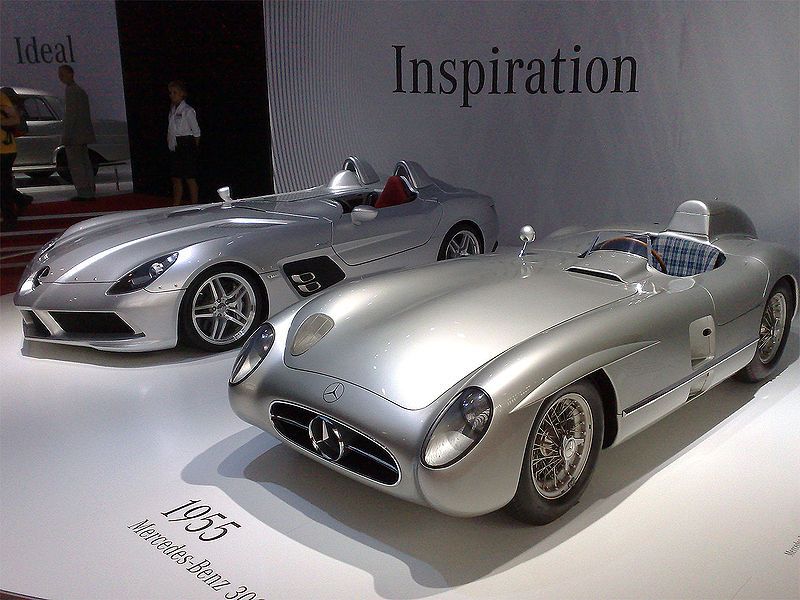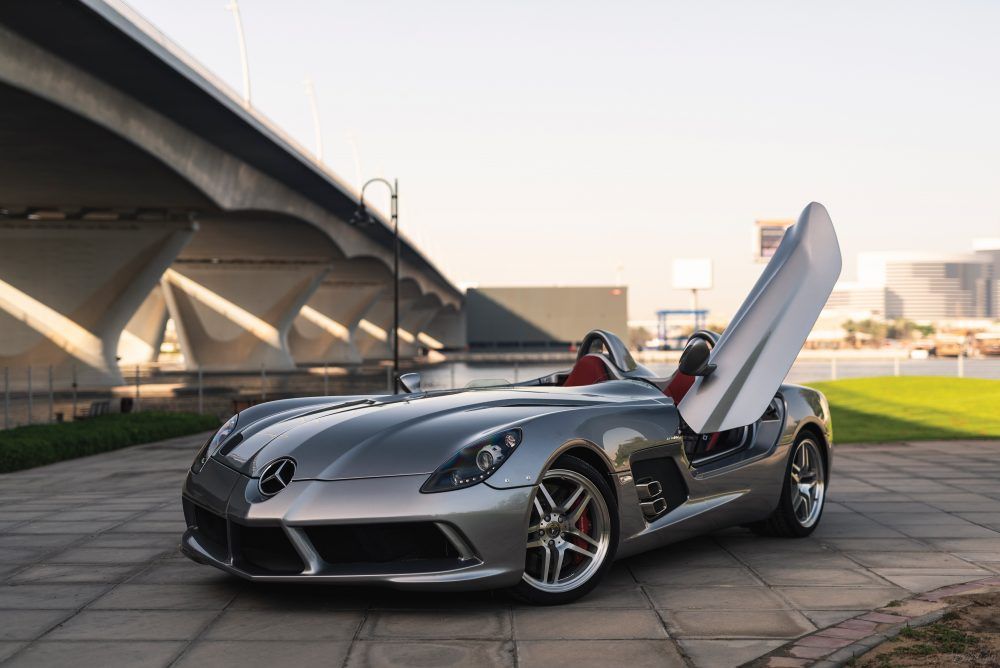The 1950s Mercedes-Benz 300 SLR has become a god of some sort in the world of sports cars. In case you haven't heard, it’s currently the most expensive car in the world. And it is a feat that was achieved not long ago (May 5, 2022, precisely), as the 1955 Mercedes-Benz 300 SLR Uhlenhaut was sold at an RM Sotheby's Mercedes-Benz Museum auction for a record-breaking $142,000,000, surpassing the venerable 1962 Ferrari 250 GTO, the previous record holder for the most expensive car in the world.
What’s so special about the SLR, then?
That the car has an unforgettable competition sports history? That it dominated at the 1955 World Sportscar Championship? Maybe because it competed at the Le Man’s that same year ending in a disastrous crash and fire? Or that it was directly responsible for Mercedes-Benz quitting competitive racing?
Well, all of the above plus the fact that the marque’s then Design Head, Rudolf Uhlenhaut, kept leftover prototypes of street-legal versions of the SLR. Thus, the Uhlenhaut Coupé, capable of 180 mph (in the '50s, for crying out loud), was miles ahead of the fastest road cars in the world. It was Sport Light-Racing (SL-R) before it collapsed to SLR. More than five decades later, the 2009 Mercedes-Benz SLR McLaren Stirling Moss is a proud descendant of a respectable sports racing heritage. Let's check it out.
Is The 2009 Mercedes SLR McLaren Stirling Moss A Supercar?
That’s not a difficult question at all. We just have to consider what makes a supercar a supercar. We agree with Steve Evans of the New York Magazine that these four things; performance, price, design, and rareness, are the primary factors that determine the supercar status. In that sense, the 2009 Mercedes SLR McLaren Stirling Moss is a supercar, and this article will show why.
A supercar should be fast, expensive, and have a measure of rarity to it. To gearheads, a supercar may not necessarily have a centrally-located engine or horsepower north of 500, but it has to have the aforementioned attributes with a good dose of cutting-edge vehicular technology. Few cars of the time embody that perfect blend like the 2009 SLR McLaren Stirling Moss.
The car is named after Stirling Craufurd Moss, the famed British Formula 1 Grand Prix racer recognized as the world championship GOAT. Like its namesake, the 2009 Mercedes-Benz SLR McLaren Stirling Moss would herald the end of an era, the last Mercedes-Benz McLaren SLR speedster before McLaren unveiled its own final edition of the SLR nameplate the following year.
The speedster design meant it shunned a roof and windshield. The Korean designer Yoon Il-hun did an excellent job paying homage to the 1950s 300 SLR racer. The car was the center of attention at the 2009 North America International Auto Show. It was a limited edition supercar with just 77 units slated for production, just as the production line sped to an end for the SLR roadster version (Production of the SLR Roadster ended in May 2009).
Starting from June, all 77 were completed by December that same year. It’s not far-fetched that the duo of Mercedes and McLaren kept low the production volume of the Stirling Moss variant as a sign of respect for the car that would spell the last words of the SLR chapter. Thus, the Stirling Moss is among the rarest in the SLR family of speedsters.
Performance was the first on our list of the four factors that make a supercar. The SLR Stirling Moss provides as much motoring thrill as its legendary ancestors. Propelled by a 5.4L AMG V8 motor, it can go from 0 to 62 mph in 3.5 seconds, quicker than most roadsters can manage in 2009. The V8 makes 641 horses and the car can reach a top speed of 217 mph.
That power is made even more thrilling by the oneness with Mother Nature, enhanced by the lack of windows and windshields. Thus, the SLR Stirling Moss provides a unique motoring experience that could have only been rivaled by the Mazda Miata Mono-Posto, had the Mono-Posto concept actually been produced.
Design is no. 2 on the list. The long hood, curvaceous character lines and scissor doors are some of the car’s most obvious attributes. With its body made entirely of lightweight carbon fiber, the 2009 Mercedes-Benz SLR McLaren Stirling Moss is about 440 pounds lighter than its peers, a speed-oriented beauty from the inside out.
The arrow-like body profile enhanced by that elongated hood and a short rear deck gives the impression of speed and power. The lack of demarcating windshields unifies the exterior and interior into one sleek speed machine. The SLR Stirling Moss looks like a sculpture when covered by its two-tonneau covers with locked doors.
The Dutch designer Sarkis Benliyan is responsible for the interior. As a speedster without windshields or windows, it made sense that the interior was limited to what the car maker called "bare essentials." But the puristic “essentials” are of high-quality materials such as carbon fiber.
How Much Does A 2009 Mercedes SLR McLaren Stirling Moss Cost Today?
The SLR Stirling Moss is a million-dollar supercar, literally. Even if you had the cash, you would not have been qualified to buy a brand new Stirling Moss unless you were already a loyal SLR customer. Another hurdle is that you can’t register them in the U.S.
The SLR models had a general MSRP of $400,000 for the base models and up to $600,000 for the higher-end models. Normally, the value of a car depreciates with time, but the SLR, especially the Stirling Moss, isn't your average car. Admittedly, there was a period a used SLR sold for around $130,000, but the Stirling Moss never suffered such depreciation, and it’s highly unlikely to get a decent SLR model for anything south of $500,000 today.
In fact, the value of the SLR bloodline is boiling hot now, fueled by an ancestor that fetched an eye-popping $142,000,000. A Mercedes-Benz McLaren SLR 722 hit the market last year with a $3.1 million price tag. While the 2009 Stirling Moss edition originally cost around $860,000 as a starting price, a rare, historic work of art like it is ultimately worth whatever a buyer is willing to pay for it.
A copy popped up for sale in 2019 at the RM Sotheby’s Villa Erba auction event. The car, with around 5,200 miles on it, was estimated to fetch an upward of $2.45 million. Should there be a repeat of such a rare occasion, the value would be far higher than in 2019, depending on the copy's condition.

